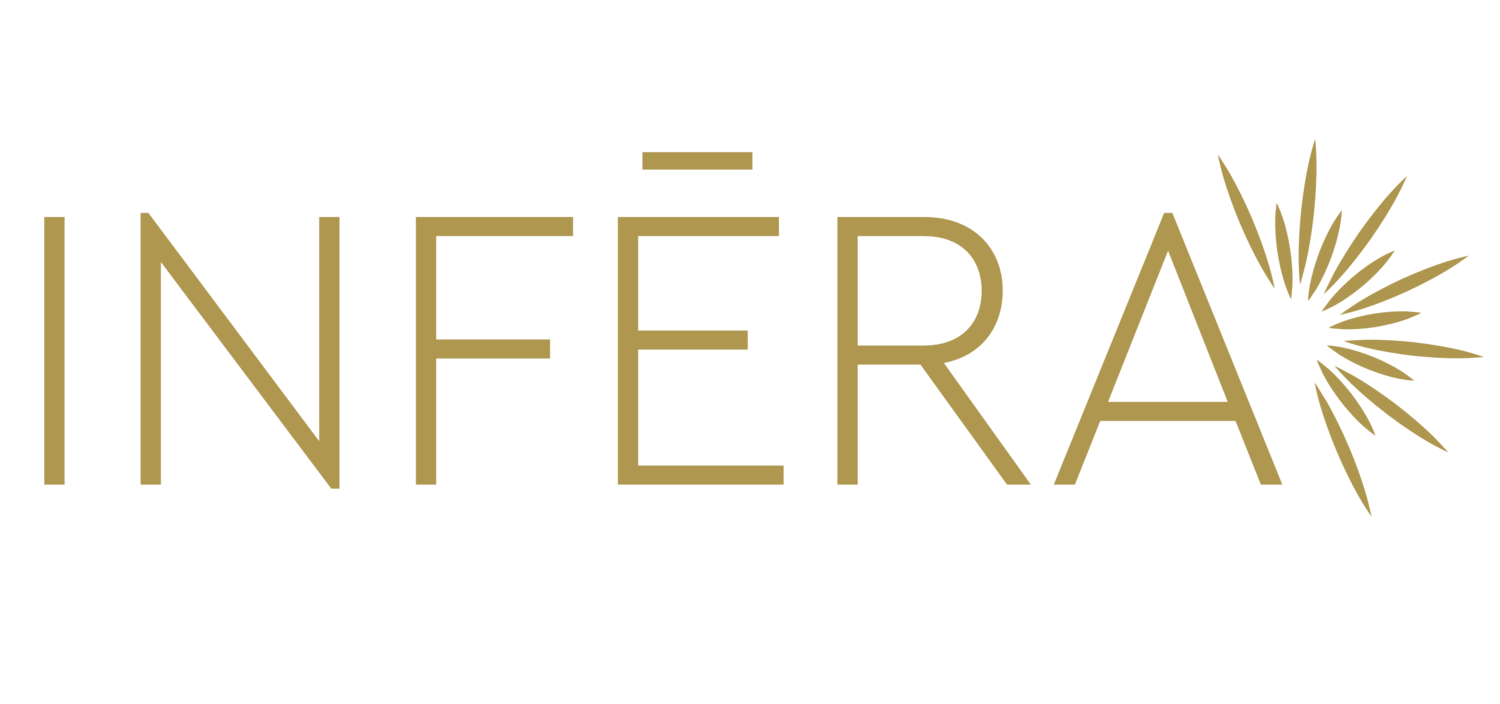The Evolving World of Light Therapy: What’s New and Exciting
In the dynamic landscape of therapeutic interventions, light therapy, specifically red and infrared light therapy, has emerged as a promising avenue for a range of health benefits. This blog post delves into the latest advancements and research in this field, offering a comprehensive view of how these light therapies are transforming the wellness sector.
Understanding Red and Infrared Light Therapy
Before diving into the latest developments, it's crucial to understand the basics. Red light therapy (RLT) involves the use of low wavelength red light, while infrared light therapy (ILT) uses light that is invisible to the naked eye. Both therapies are believed to work by stimulating cellular energy production and facilitating healing processes.
Recent Advances in Technology and Applications
Recent years have seen significant technological advancements in light therapy. Portable and home-use devices have become more accessible, offering convenience and affordability. Additionally, the scope of applications has widened, now including skin health, pain relief, and muscle recovery.
Scientific Findings and Health Benefits
The scientific community has taken a keen interest in the potential health benefits of red and infrared light therapy. Studies have shown promising results in areas such as:
Skin Health: RLT is gaining traction in dermatology, with research suggesting it can aid in collagen production, reducing wrinkles and signs of aging.
Pain Management: Both RLT and ILT have been found effective in reducing chronic pain, including joint and back pain.
Muscle Recovery: Athletes and fitness enthusiasts are turning to light therapy for faster muscle recovery post-exercise.
Mental Health: Preliminary studies suggest these therapies might help in alleviating symptoms of depression and seasonal affective disorder.
Safety and Best Practices
While red and infrared light therapy are generally considered safe, it's crucial to follow best practices. This includes using approved devices, adhering to recommended exposure times, and consulting healthcare professionals, especially for individuals with pre-existing conditions.
The Future of Light Therapy
The future of light therapy is bright, with ongoing research exploring its application in more complex medical conditions such as neurodegenerative diseases and cancer. There's also a growing interest in personalizing light therapy based on individual needs.
Conclusion
Red and infrared light therapy are not just fleeting health trends. Their increasing popularity is backed by scientific research and technological advancements, making them accessible and effective tools for improving various aspects of health. As we continue to uncover their full potential, these therapies could become integral to personal and clinical wellness practices.
-
Avci, P., Gupta, A., Sadasivam, M., Vecchio, D., Pam, Z., Pam, N., & Hamblin, M. R. (2013). Low-level laser (light) therapy (LLLT) in skin: stimulating, healing, restoring. Seminars in Cutaneous Medicine and Surgery.
Ferraresi, C., Hamblin, M. R., & Parizotto, N. A. (2012). Low-level laser (light) therapy (LLLT) on muscle tissue: performance, fatigue and repair benefited by the power of light. Photonics & Lasers in Medicine.
Salehpour, F., Mahmoudi, J., Kamari, F., Sadigh-Eteghad, S., Rasta, S. H., & Hamblin, M. R. (2018). Brain photobiomodulation therapy: a narrative review. Molecular Neurobiology.
Chow, R. T., Johnson, M. I., Lopes-Martins, R. A., & Bjordal, J. M. (2009). Efficacy of low-level laser therapy in the management of neck pain: a systematic review and meta-analysis of randomized placebo or active-treatment controlled trials. The Lancet.




